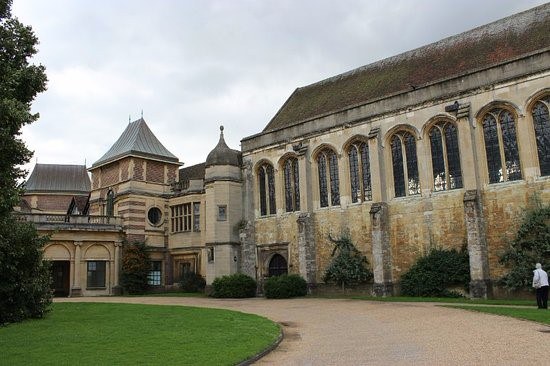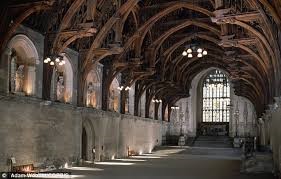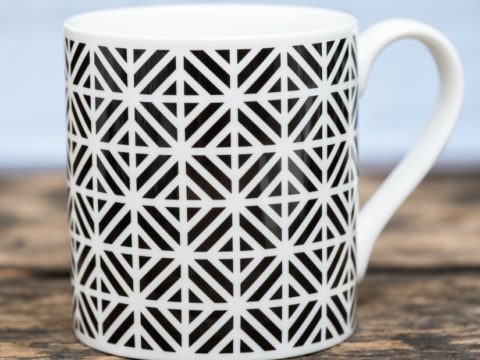Thomas More: Always a Londoner
Chapter 2 : Legal Training
It was during this training period that we have the first record of More meeting with Henry, Duke of York, later Henry VIII. More called on his friend, Lord Mountjoy, and, together with Mountjoy’s guest, the Dutch scholar, Erasmus, they went to Eltham Palace (6), where the Duke and his sisters, Margaret (later Queen of Scots) and Mary (later Queen of France) spent most of their time.
The manor of Eltham, which is some 8 miles to the south-east of the City of London, on the old Maidstone road (now the A2) was named in the Domesday Book as the property of Odo, Bishop of Bayeux, half-brother of William the Conqueror. Odo rebelled and his lands were confiscated. Over time, the manor was held by various lords, but became the property of Queen Isabella, wife of Edward II, in the early fourteenth century, although the Bishop of Durham, Anthony Beck, had a life-interest in it and spent considerably on the land and buildings. Queen Isabella’s younger son, John, was born at Eltham in 1316 and it became a favourite home of John’s older brother, Edward III.
Two parliaments were held there (1329 and 1375) and Edward III, Richard II, Henry IV, Henry V and Henry VI all kept their Christmas courts there on several occasions. Henry IV even entertained the Emperor of Byzantium there in 1400.
During the reign of Edward IV, it was still popular with the royal family, and it was the birthplace of his youngest daughter, Bridget. Edward spent substantial amounts refurbishing it, and the Great Hall that he built in the 1470s is still extant. – 100ft in length, 36ft wide and some 55ft high (c. 30m x 12m x 18m) It was here that the King entertained some 2,000 guests at Christmas 1482 – a feast so grand that More is likely to have heard of it during his childhood.
Edward’s children spent much of their time there, and when his eldest daughter, Elizabeth of York, had children of her own, they also made it their home. Outside London, it would have been considered far healthier than Westminster.
Henry VIII continued to live at Eltham after he acceded to the throne, and spent considerable sums on a new tiltyard and a chapel. But the focus of the court moved west. Henry’s favourite palace in the first part of his reign was Greenwich, then, as time passed, Whitehall and Hampton Court became more important. None of Henry’s children used it much, and James VI & I is probably the last monarch to have lived there.

Eltham was bought in the 1930s by the millionaire couple Stephen and Virginia Courtauld who created a magnificent country house. They left towards the end of the war and it came into the hands of the Ministry of Works. It is now owned and operated by English Heritage and is open to the public.
Both during and after his legal training, More would have spent the majority of his professional life in Westminster Hall (7). The Hall, still extant, is the only remnant of the old Palace of Westminster, the seat of England’s mediaeval kings.
The stone structure was built in 1097 by William II (Rufus) whilst the current timber hammer beam roof dates from 1399, and the reign of Richard II. It measures 240ft by 67ft (c. 73 x 67m) with walls up to six foot thick.
The King’s high table was set up on the raised platform at the south end (elements of the mediaeval table were found in an archaeological dig in 2006. It was here that monarchs were acclaimed prior to their coronations (see description of the coronation of Anne Boleyn here)). But in the early Middle Ages, the King’s primary function was as lawgiver, and it was in Westminster Hall that the King’s Courts began to settle, having previously been attendant on the peripatetic monarch.
By More’s lifetime, the Common Law courts of King’s Bench, Common Pleas and Exchequer of Pleas were all housed at Westminster Hall along with the Court of Chancery. They continued to sit until the latter half of the nineteenth century, when they moved to the Royal Courts of Justice, in the Strand.
Thirty-four years after becoming a barrister, More himself was tried in Westminster Hall, by the Lord Chancellor, Thomas Audley, and seventeen other judges. Fisher was also tried there, and, seventy years later, the Gun Powder plotters. Today, Westminster Hall can be seen as part of a guided tour of the Houses of Parliament.




